A vegan entrepreneur who quit her sales rep job to turn roadkill into bespoke jewelry – costing up to £400 (~$525) an item – revealed that some of her stunning animal bone pieces have sparked the interest of fashion bible Vogue.
A straight A student who once aspired to be a lawyer, animal lover Kat Arnold, 34, says she found her “true calling" after stumbling across a puppy's skull on a beach on the Caribbean island of Cuba.
Kat, of Bethnal Green, east London, who launched her business, Virginia the Wolf – named after British writer Virginia Woolf – in 2013, creates her unique pieces by “up-cycling" roadkill and ethically sourced animal bones.

She said: ““I make jewelry and keepsakes out of all sorts of animal bones and I would love to see my work on the runway at London Fashion Week.
“I've used bones from rabbits, crows, magpies, wild Spanish cats and dogs, snakes, badgers, squirrels and owls."
Sourcing bones from the side of motorways, from woods, collectors and even from the council, Kat -who is originally from Detroit, Michigan, but moved to the UK at the age of 16 – believes her work transforms “natural waste" into “timeless treasures."

A vegan since she was 17, she even turns people's beloved pets into jewelry to remember them by long after they have died.
She said: “Mostly, I create one-off bespoke pieces of jewelry and I try to channel couture fashion into a lot of my work.
“I make statement necklaces and earrings, but I'll also make more elaborate items like body pieces, which are larger jewelry pieces that cover more of the body, and head wear – and I've even made a hat for Ascot."

“I make keepsakes, too. Once I used a horse skull and an Oryx horn to create a rainbow unicorn.
“People also want their pets made into jewelry, because then they feel like they can be with them forever.
“I've made quite a few. Once someone had a pet snake that died, so I turned it into a body piece made out of the snake bone."

Despite her growing success, Kat admits her decision to launch such an unusual business in 2013, even took her by surprise.
“When I was at school, I was straight A student, so I always thought I'd have an academic career of some sort and back then I wanted to be a lawyer," she said.
“Instead, I ended up working as a sales rep in the drinks industry. I knew I couldn't do it forever, but I wasn't quite sure what I wanted to do.

“I used to make jewelry out of beads and fabric and sell the pieces to make a bit of extra cash, but it was never something I thought I'd do as a proper job."
Everything changed when she went on holiday to Cuba in early 2013 with a group of friends and found herself being drawn to animal bones.
She explained: “I found a puppy skull lying on the beach. I don't know why, but for some reason I had the urge to pick it up and examine it.

“I suddenly became really interested in the skull and I didn't want to put it back.
“I took it home to the UK in my suitcase and, because it was covered in dirt and dead bugs, I taught myself how to clean it by Googling it."
After cleaning the skull, she found herself “bonding with the bones."

“It's quite an intimate experience to take care of a skull," she said. “The whole time you're learning about it and, in a way, you're falling in love with it.
“You can find out so much from the skull by looking for any dents, marks or anything broken – what kind of life the animals had, if it was sick or healthy, if it was deformed and even what kind of diet it had.
“Eventually, I even gave the skull a name – 'Little Pedro'."

Then, in 2013, spotting a gap in the market for “colorful and quirky" bone jewelry, Kat decided to create her first piece.
“Most of the bone jewelry being sold was Gothic or tribal looking," she said. “I've always loved bright colors and I thought, 'Why not make pretty pieces from bones?'
“I bought some rabbit bones from a lady who had found them in her back garden and sold them on eBay for about a fiver," she explained.

“I spray painted the rabbit skull gold, put it on a chain to make into a necklace and sold it on the Internet for about £20 (~$26)."
From there, 'Virginia the Wolf' was born – thus named because of her admiration for the author Virginia Woolf and her stance about women's places in the world and her fluid writing style.
But Kat never forgets her vegan principles when she is making her pieces and sticks to one golden rule.

“As a vegan, it's so important to me that I only use bones from animals that haven't been used for human consumption," she said.
“I only work with the bones from wild animals or dead pets. I would never use the bones from farm animals bred to be eaten."
This also means Kat, who says around 70 percent of her customers are from the U.S., is very selective about sourcing her raw materials.

“Sometimes I drive up and down motorways looking for animals on the side of the road that have been killed by cars," she said.
“Or I go on camping trips to the countryside and go looking for dead animals in the woods.
“And I use some bones from collectors who have found them and want to sell them on.

“I've also got a friend who works for a local council. If any dogs or cats get run over, their bodies are kept in a freezer for about six months in case their owners come to claim them.
“But if no one comes my friend lets me know and I'll take them instead."
Kat feels strongly that her business model is helping to combat the “waste" created by a “consumerist society."

“A lot of people don't always understand what I do or the ethos behind it," she said. “But when I explain how I do it and that I'm only using wild animal bones they can appreciate why I do it.
“So many companies are creating new products and the majority of them are fairly disposable.
“I'd like to think that in a world where we are drowning in waste, I am able to flip that idea on its head.

“Instead of creating more waste, I am upcycling something that is natural, but considered to be waste and turning it into something that will be cherished for a very long time."
Kat, who has been working at a studio in Peckham, south east London, since 2015, says transforming bones into bespoke jewelry is not a quick process.
“Before I got my studio I used to work from home," she said. “I'd take the dead animals home and then leave them rotting on my balcony – it was a bit gross.

“Now I've got a studio with a small garden space and I've dug a graveyard for the animals.
“I bury them in onion bags, because you need to let the animals macerate, or soften, in the moisture of the soil, for a few weeks.
“For bigger animals like badgers it can take up to a year. They've got more fat, so it takes longer to draw the flesh and the fat away from the bones."

Once macerated – the softening or breaking of an object – Kat then digs up the animal bones and cleans them with water and toothpaste, before pulling them apart and soaking them in hydrogen peroxide.
Then it is time for her creative juices to be unleashed.
“I spray paint the bones all sorts of bright colors," she said. “My glue gun is my best friends – I stick gems and jewels on the bones to make them pretty.

“And sometimes I'll add silver or gold chain to glitz the piece up, too."
Despite “animal bones" being her unique selling point, Kat says she has two distinct types of customer.
“I have Gothic customers who want the jewelry to look like it's been made from bones – they don't want it disguised," she said.

“And the second type want to hide the fact the jewelry is made from bones – they want it to be a secret and kept personal to them."
But there is no limit to the type of items she is commissioned to make for her clients.
“I've made wedding tiaras, corsages and crowns," she said. “One crown was then attached to the bride's veil.

“Deer skulls and necklaces are popular Christmas presents and, in festival season, a lot of my customers want elaborate head wear or body pieces."
Her prices also vary widely, depending on what she is making.
“What I charge depends on the animal rarity and how long it took me to clean the bones and then put them back together," she said.

“I can charge anything from just £10 (~$13) to £400 (~$525) for a piece."
Still occasionally making jewelry for herself, rather than to sell, she recalled one “lucky" occasion when she found a white barn owl along the M4 motorway.
“White barn owls are protected, so even though it was dead, I wouldn't be able to make jewelry out of it and sell it," she said.

“So, I cut off the owl's talons and turned them into a pair of earrings for myself.
“I've also got some dog jaws that I painted on another occasion and made into a necklace to keep."
Sadly, Kat says a lot of people are still put off by the idea of wearing bones, and that, until people learn to accept, they are just a natural material, while her business will tick over, it will never hit the big time.

“I don't think society has accepted that it's okay to wear bones as jewelry just yet," she said.
“Some people will see my jewelry and react with shock or disgust, but then they'll have no problem wearing leather shoes."
But the beauty of her bone creations has finally been acknowledged with the ultimate accolade for any jewelry designer – the potential of coverage in the fashion bible Vogue magazine.

She said: “I think we're getting there because I was recently commissioned to make pieces for a Vogue photoshoot.
“That was amazing – I want to do more stuff like that in the future.
“I want to break into the high-end fashion world one day. It would be a dream to see my jewelry on a catwalk model strutting down the runway at London Fashion Week.

“But, for now, I'm just happy knowing my business is helping the environment – one small step at a time."
To find out more visit www.virginiathewolf.com or follow Kat on Instagram at @virginiathewolf

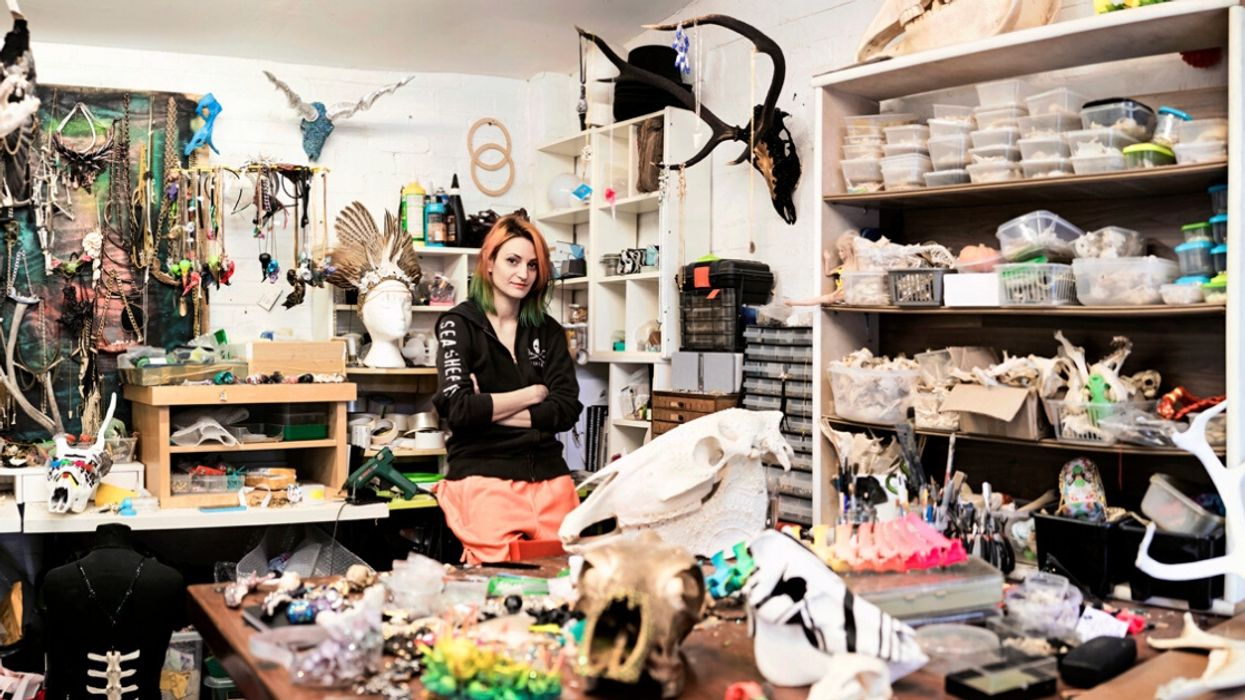



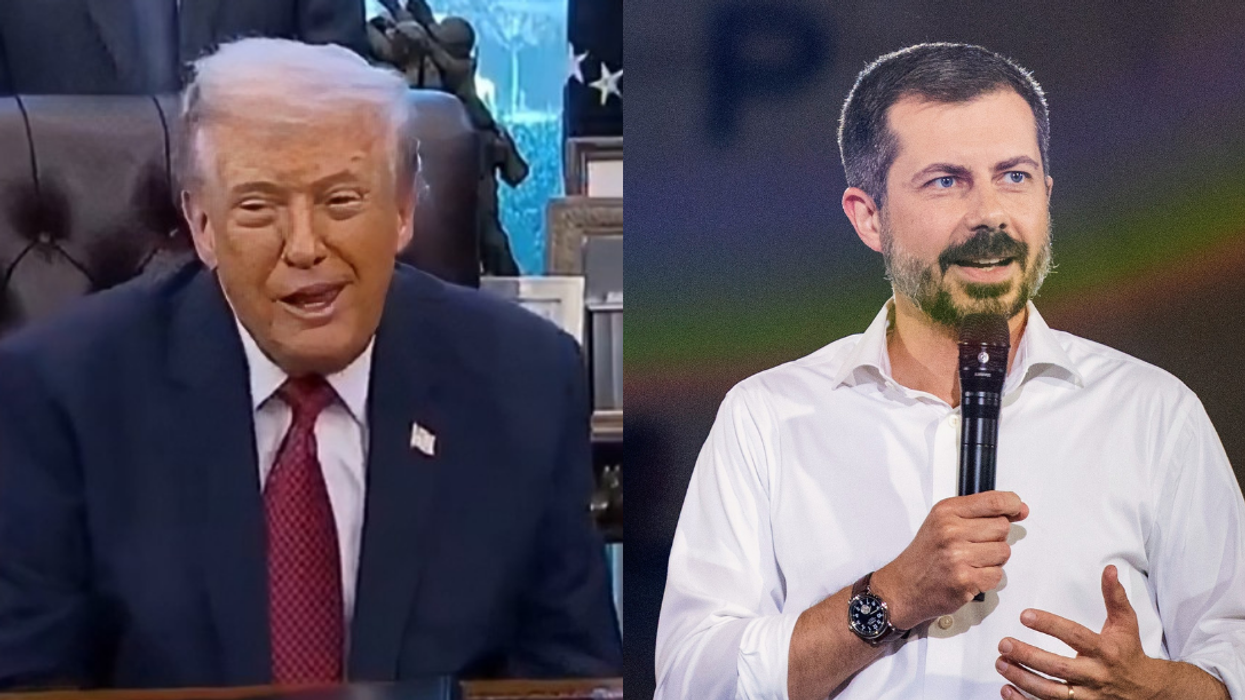
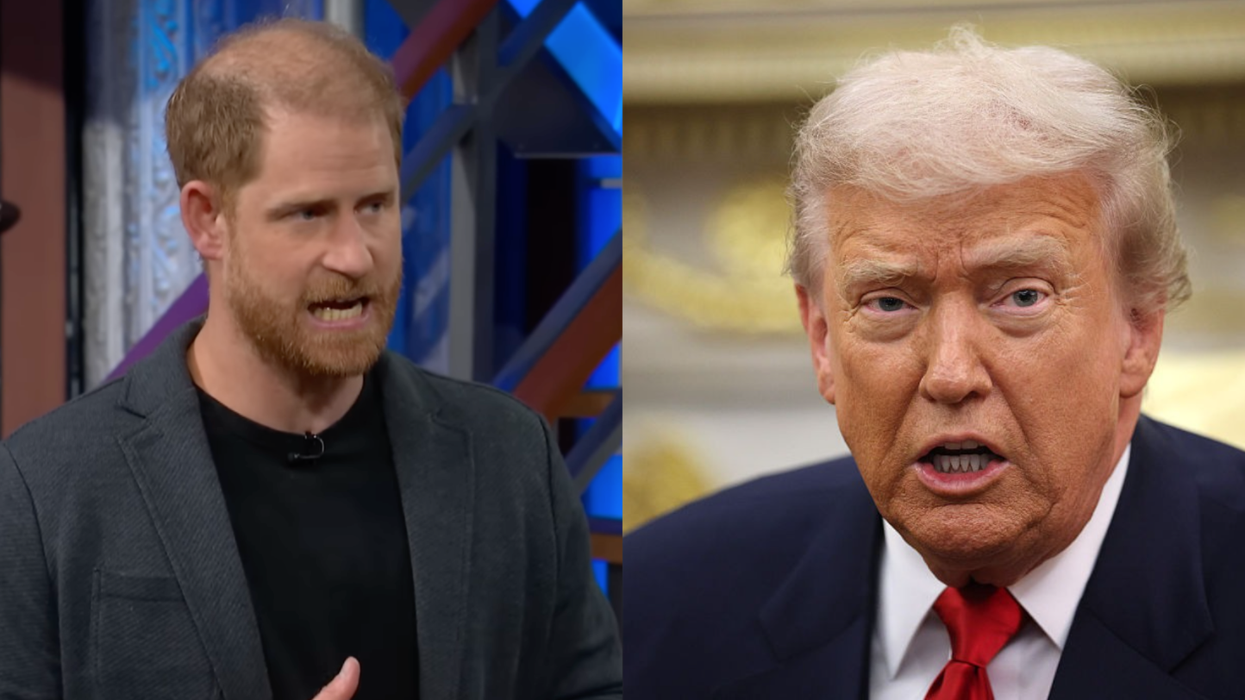

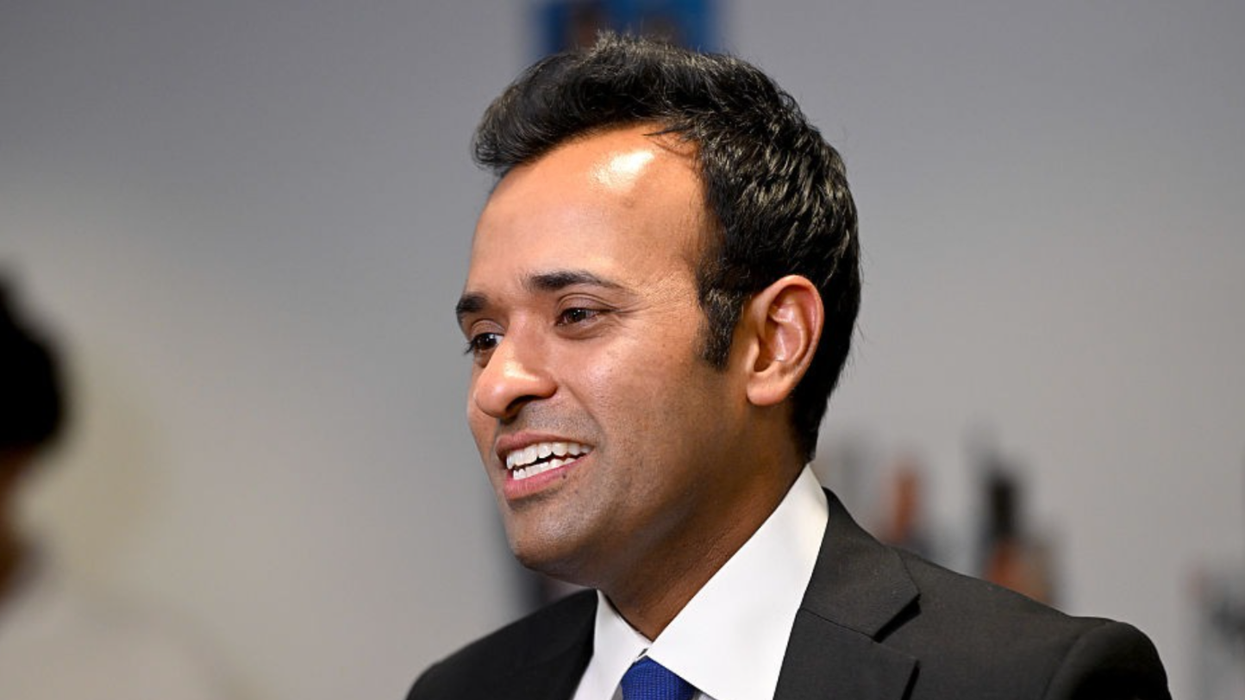
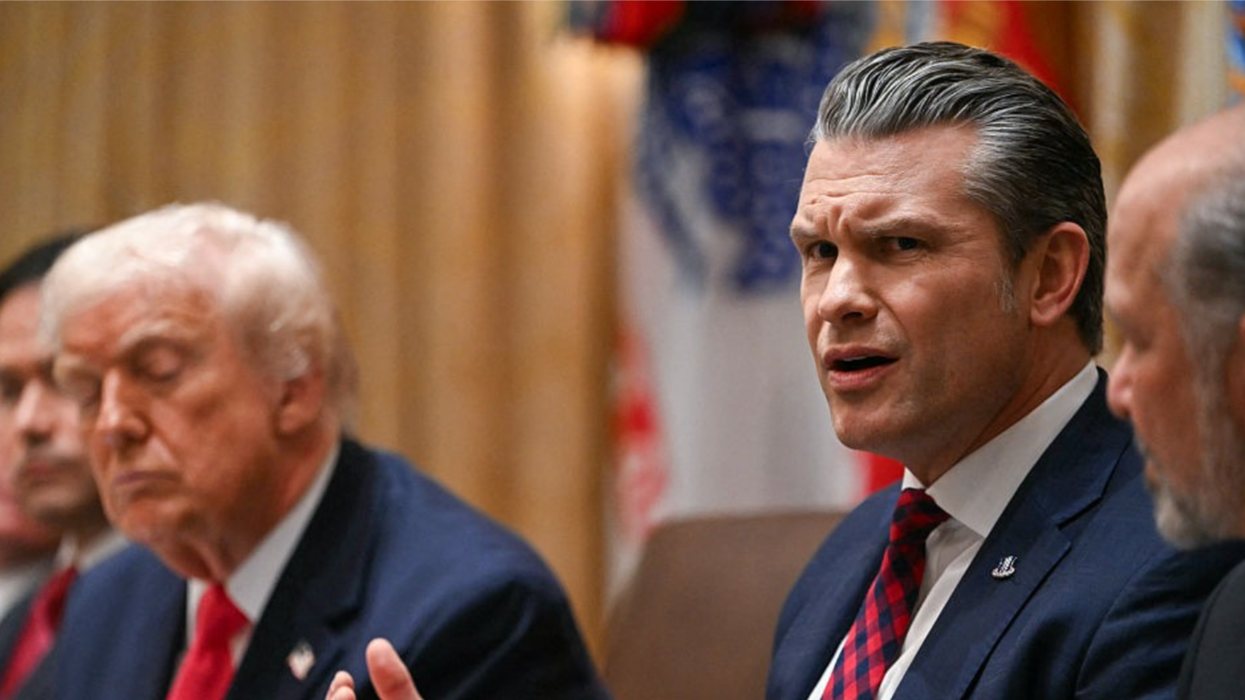
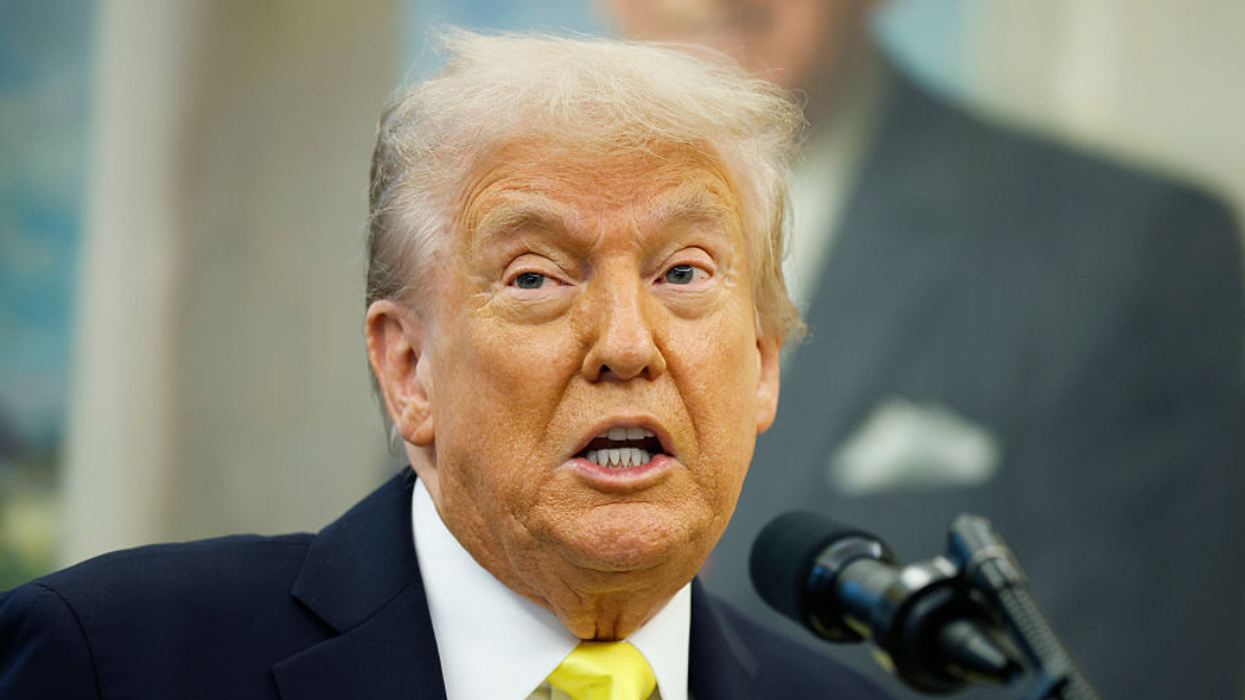


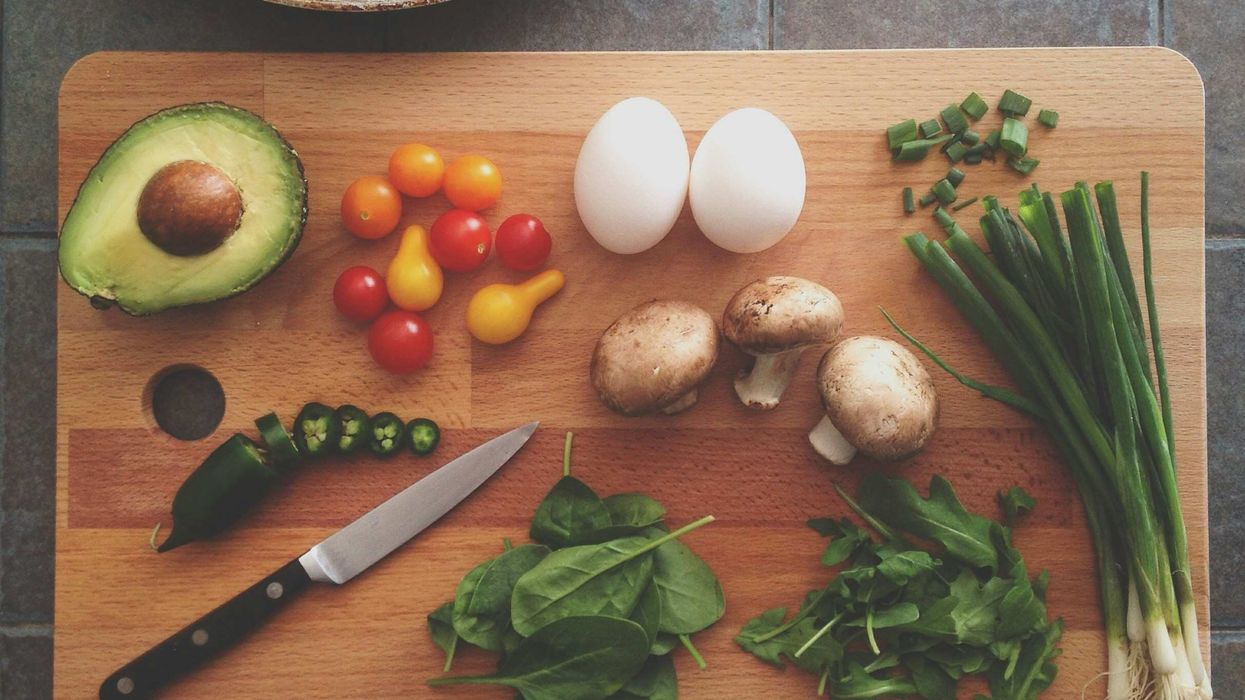
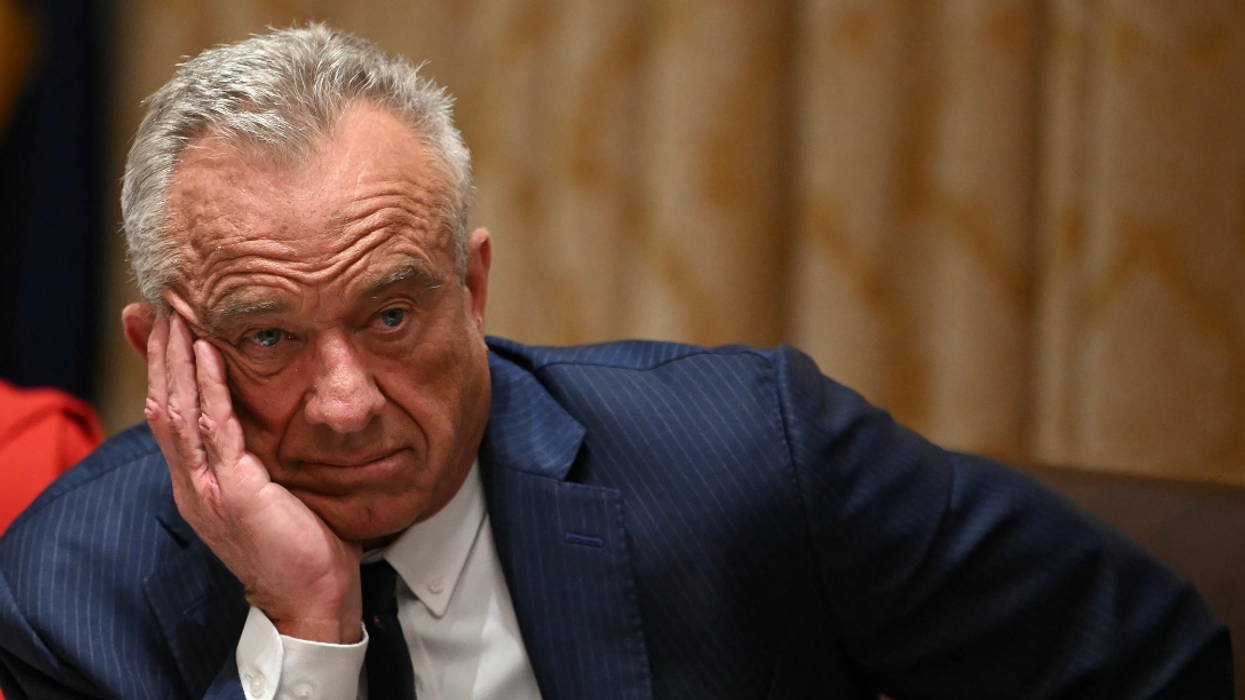

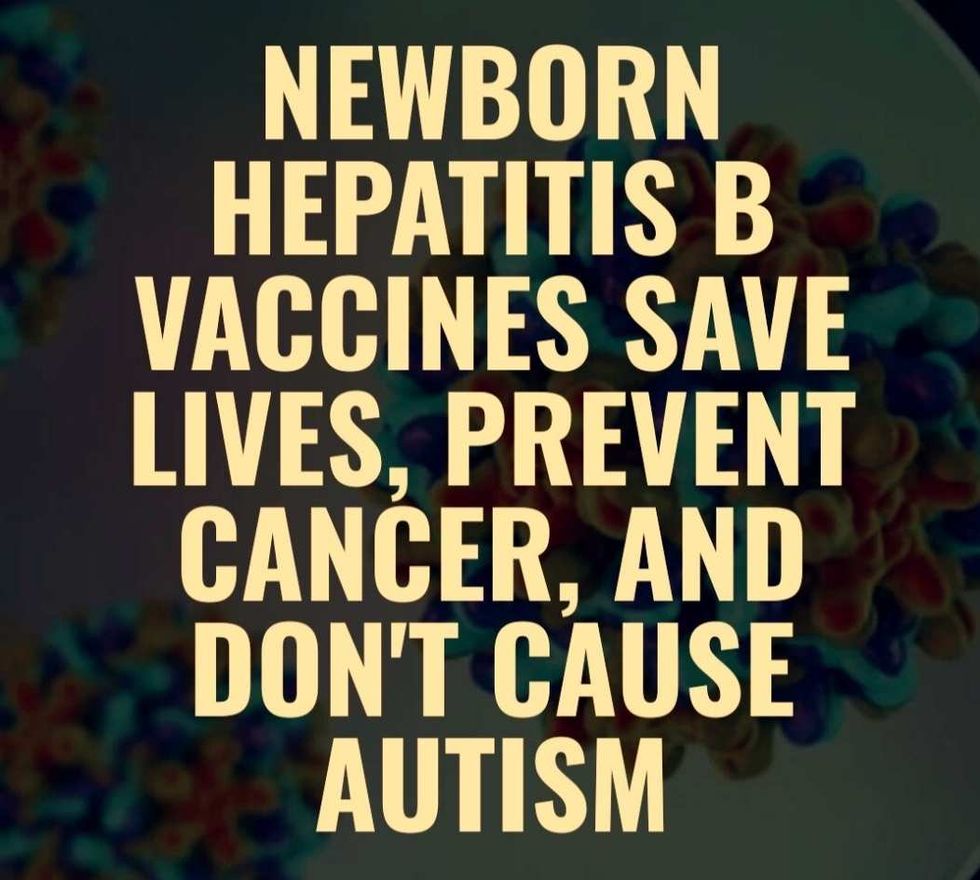 @drandrealove/Bluesky
@drandrealove/Bluesky @thebulwark/Bluesky
@thebulwark/Bluesky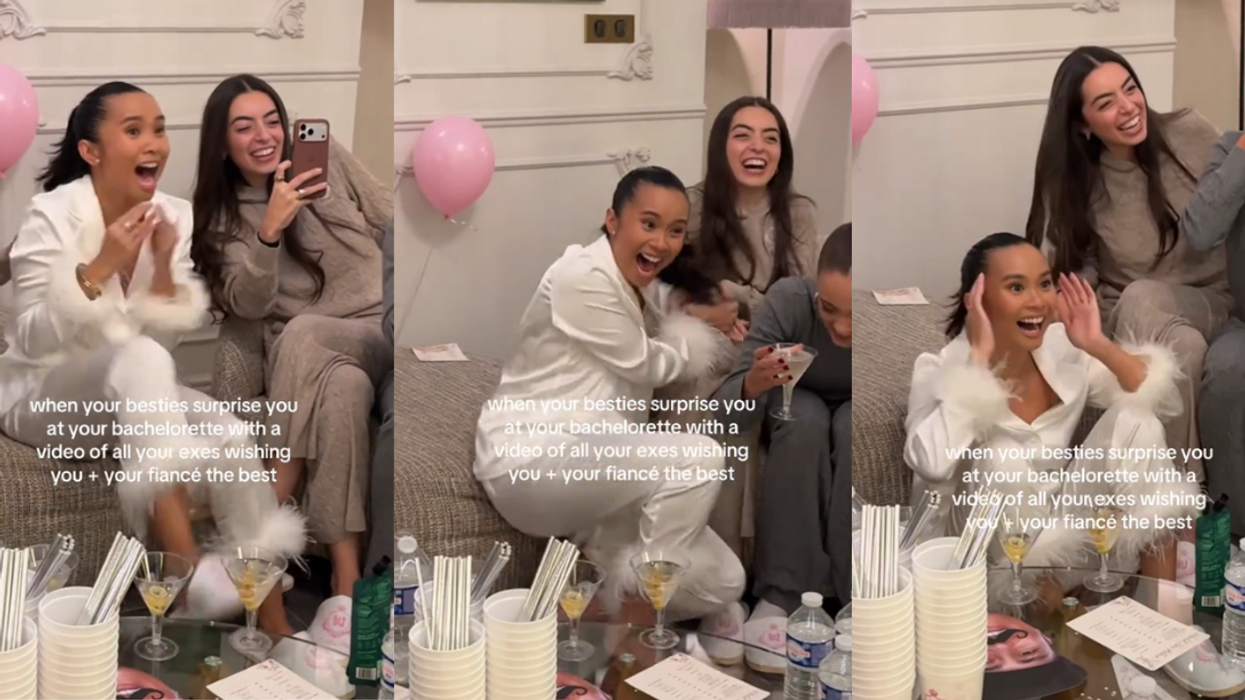
 @monicasanluiss/TikTok
@monicasanluiss/TikTok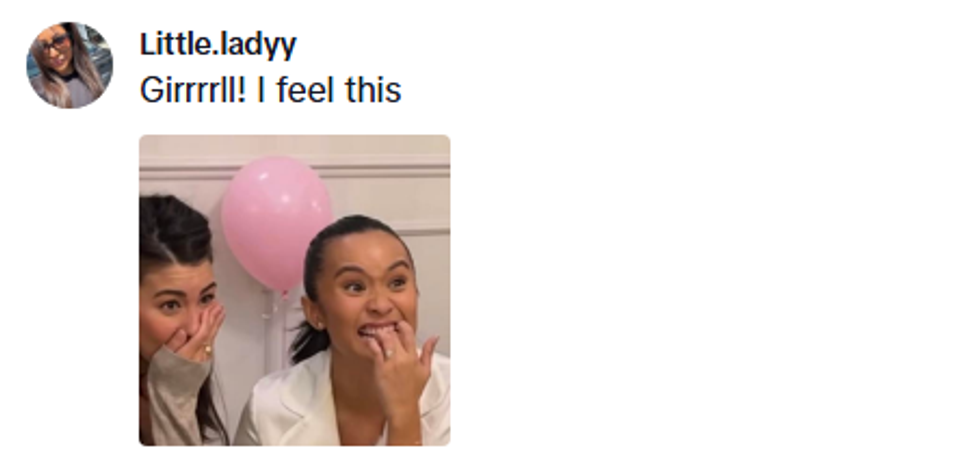 @monicasanluiss/TikTok
@monicasanluiss/TikTok @monicasanluiss/TikTok
@monicasanluiss/TikTok @monicasanluiss/TikTok
@monicasanluiss/TikTok @monicasanluiss/TikTok
@monicasanluiss/TikTok @monicasanluiss/TikTok
@monicasanluiss/TikTok @monicasanluiss/TikTok
@monicasanluiss/TikTok @monicasanluiss/TikTok
@monicasanluiss/TikTok @monicasanluiss/TikTok
@monicasanluiss/TikTok @monicasanluiss/TikTok
@monicasanluiss/TikTok @monicasanluiss/TikTok
@monicasanluiss/TikTok @monicasanluiss/TikTok
@monicasanluiss/TikTok @monicasanluiss/TikTok
@monicasanluiss/TikTok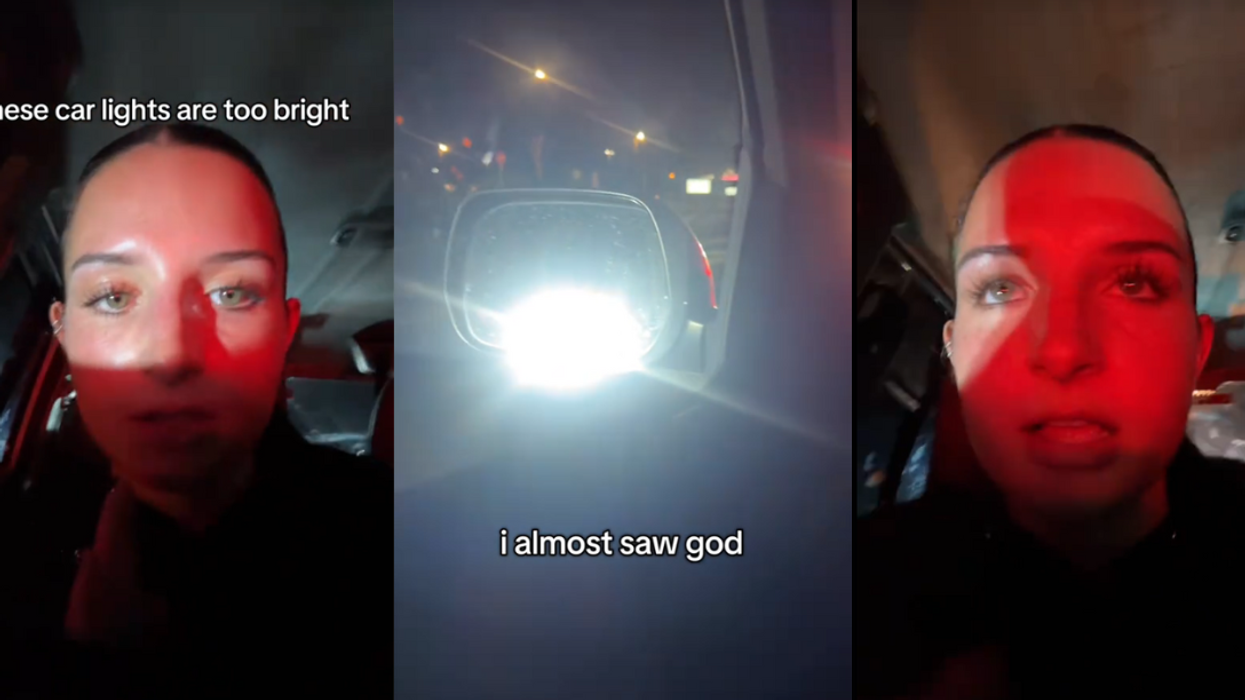
 @alexamcnee/TikTok
@alexamcnee/TikTok @alexamcnee/TikTok
@alexamcnee/TikTok @alexamcnee/TikTok
@alexamcnee/TikTok @alexamcnee/TikTok
@alexamcnee/TikTok @alexamcnee/TikTok
@alexamcnee/TikTok @alexamcnee/TikTok
@alexamcnee/TikTok @alexamcnee/TikTok
@alexamcnee/TikTok @alexamcnee/TikTok
@alexamcnee/TikTok @alexamcnee/TikTok
@alexamcnee/TikTok @alexamcnee/TikTok
@alexamcnee/TikTok @alexamcnee/TikTok
@alexamcnee/TikTok @alexamcnee/TikTok
@alexamcnee/TikTok